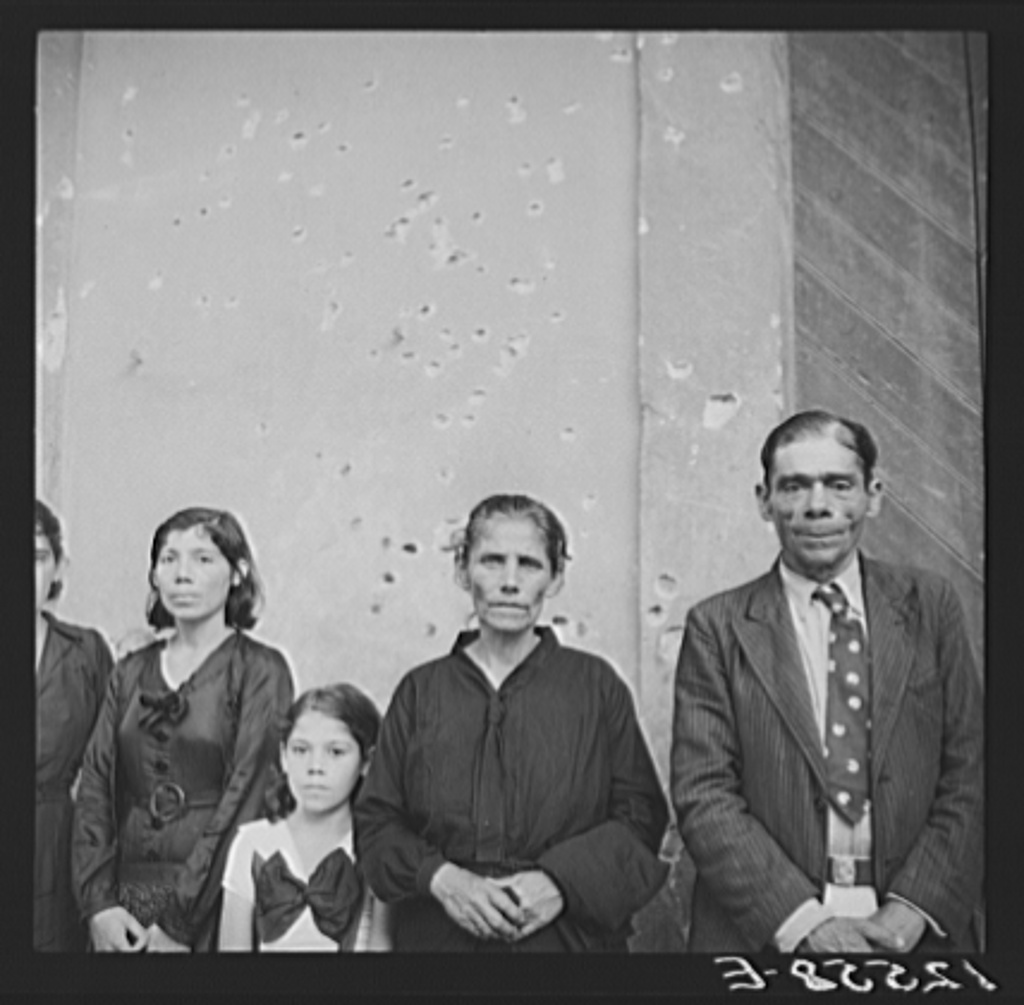



Ponce Massacre
The Ponce massacre was an event that took place on Palm Sunday, 21 March 1937, in Ponce, Puerto Rico, when a peaceful civilian march turned into a police shooting in which 19 civilians and two policemen were killed, and more than 200 civilians wounded. Most of the dead were reportedly shot in their backs. The march had been organized by the Puerto Rican Nationalist Party to commemorate the abolition of slavery in Puerto Rico by the governing Spanish National Assembly in 1873, and to protest the U.S. government's imprisonment of the Party's leader, Pedro Albizu Campos, on sedition charges.
— Wikipedia
Excerpt from Five Years of Tyranny in Puerto Rico, by Vito Marcantonio
Arthur Garfield Hays, attorney for the American Civil Liberties Union, went to Puerto Rico and investigated the Palm Sunday massacre, and his conclusion as reported in the report of the American Civil Liberties Union was as follows:
"The facts show that the affair of March 21 in Ponce was a massacre."
Governor Winship tried to cover up this massacre by filing a mendacious report ... However, the photographs that were brought to Secretary Ickes by a committee consisting, among others, of former Congressman Bernard, of Minnesota, and myself, photographs of children shot in the back and of police wantonly firing on unarmed people from four sides, could not be ignored. What did the tyrant do? Instead of ceasing the terror, he continued it; and immediately had arrested the friends of people who had been killed, on charges of conspiracy to commit murder. Two trials were held. The first trial resulted in a mistrial, and in the second trial the defendants were acquitted.
In the meantime the reign of terror continued. While the victims of the Ponce massacre were being tried for murder, the police forces were given a free hand to continue the orgy of murder.
Carlos Torres Morales, a photo journalist for the newspaper El Imparcial was covering the march and...

Relatives of Nationalists killed in the Ponce massacre in front of Nationalist Party headquarters. M...

Families of Nationalist demonstrators who were killed in the Ponce massacre, standing before the Nat...

This timespace is inspired by the 7th chapter of the book How to Hide an Empire, by Daniel Immerwahr. It tells the life of Puerto Rican nationalist Pedro Albizu Campos in the context of other nationalist movements and U.S. interventions in Latin America.